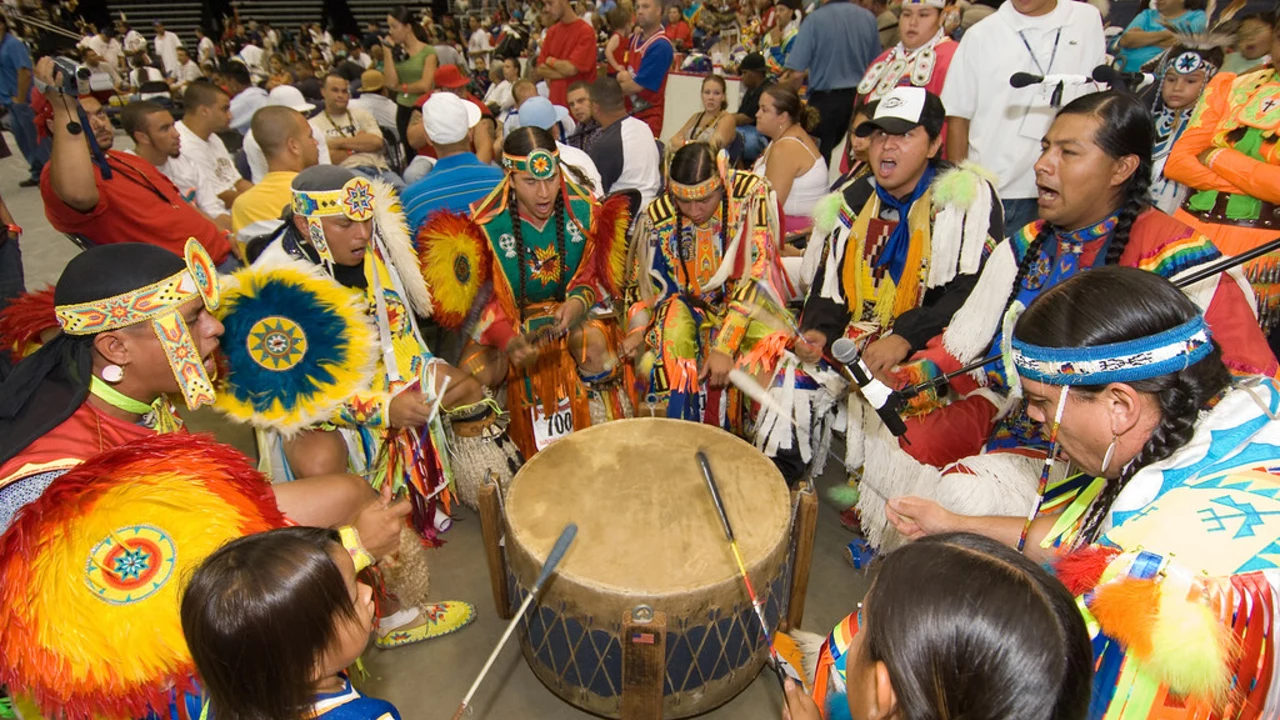Cultural Curriculum: How to Bring Real‑World Culture Into Your Classroom
Ever wondered why some lessons just click while others feel flat? The secret often lies in the cultural curriculum – the part of teaching that weaves local and global traditions, values, and stories right into the day‑to‑day lessons. When students see their own experiences reflected and get a taste of other worlds, motivation spikes and learning sticks.
Why a Cultural Curriculum Matters
First off, culture isn’t just an add‑on; it’s the backdrop of every subject. History classes become vivid when you connect past events to today’s festivals. Math problems feel relevant when you use local market prices. Even science shines when you discuss traditional farming methods alongside modern tech. By embedding cultural context, you help students develop empathy, critical thinking, and a stronger sense of identity.
Research from a few Indian schools shows that students in culturally‑rich classrooms score higher on engagement surveys and retain information longer. The boost isn’t magic – it’s the relevance factor. When kids ask, “How does this matter to me?” and you answer with a cultural lens, the answer clicks.
Step‑by‑Step Guide to Building Your Cultural Curriculum
1. Map Your Core Standards. Start with the official curriculum goals for your grade and subject. List them out so you know exactly what you must cover.
2. Identify Local Touchpoints. Think about festivals, local heroes, regional art, food, or dialects that align with each standard. For example, when teaching ratios, use the proportion of spices in a traditional biryani recipe.
3. Source Authentic Materials. Look for community elders, local museums, or online archives that offer stories, photos, or artifacts. A short video of a village craftsperson can replace a textbook paragraph.
4. Design Interactive Activities. Turn a lesson into a role‑play, a field trip, or a project. Instead of a written report on climate, have students create a mini‑garden using indigenous planting methods.
5. Build Assessment That Reflects Culture. Use rubrics that value creativity, collaboration, and cultural insight, not just memorization. A portfolio of student‑made cultural artifacts can serve as proof of learning.
6. Reflect and Adapt. After each unit, ask students what resonated and what felt forced. Adjust future plans based on that feedback.
Here’s a quick example for a 6th‑grade English class: The unit on persuasive writing can start with a debate about preserving a local landmark. Students research the site’s history, interview a neighbor, and then craft essays that blend personal stories with factual arguments. The cultural layer makes the skill feel useful and grounded.
Don’t forget to involve parents and community members. A guest speaker who runs a street‑food stall can talk about entrepreneurship while reinforcing vocabulary about measurements and money.
Implementing a cultural curriculum doesn’t require a total overhaul. Start with one lesson, test the impact, and scale up. Over time, you’ll see students more eager to participate, share, and connect the dots between school and life outside the walls.
Ready to give it a try? Pick a topic you’re teaching next week, find a cultural hook—maybe a local festival or a family tradition—and weave it in. You’ll be surprised how quickly the classroom buzzes with curiosity.
Do American public schools teach about native Indian tribes?

